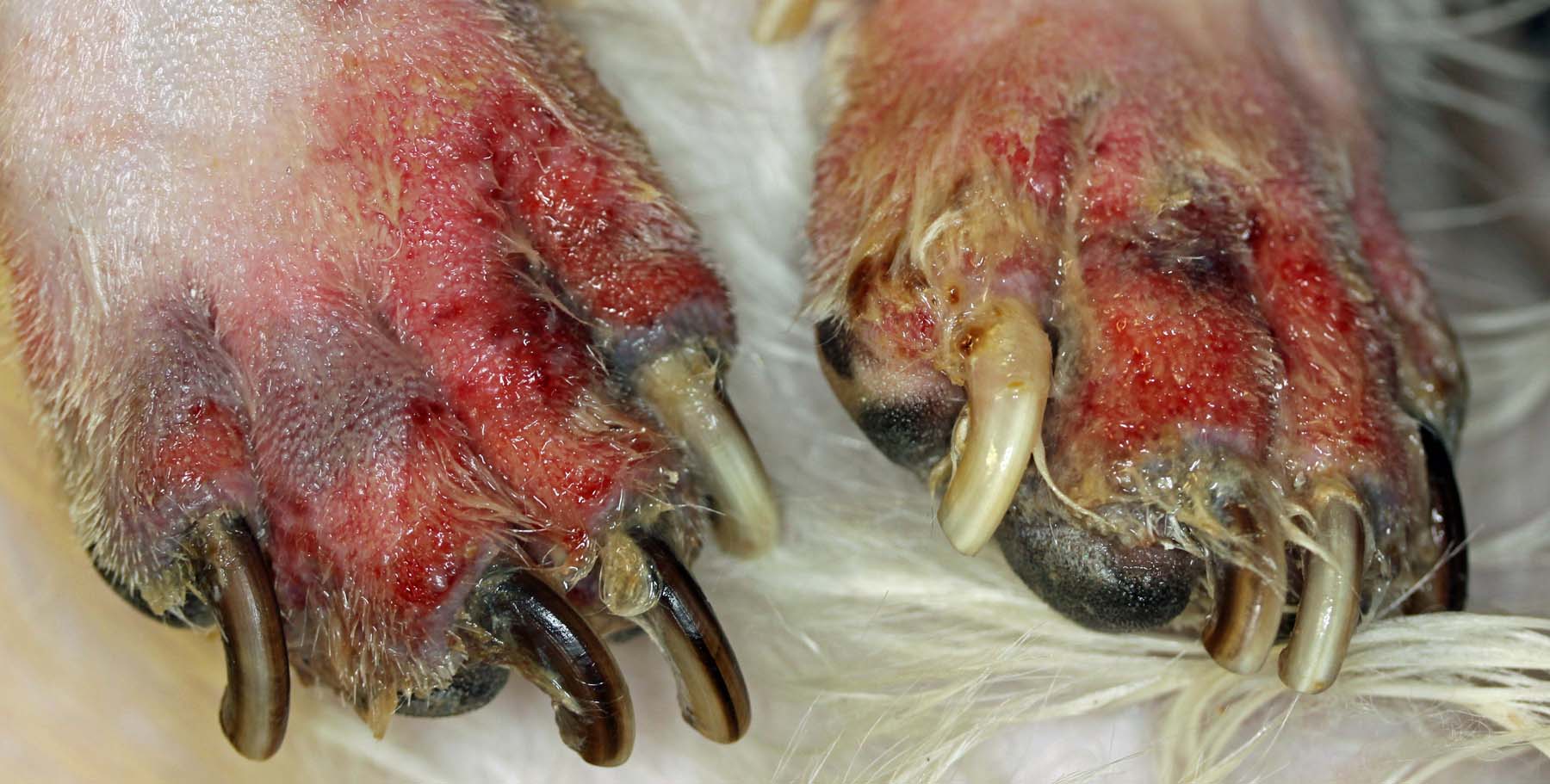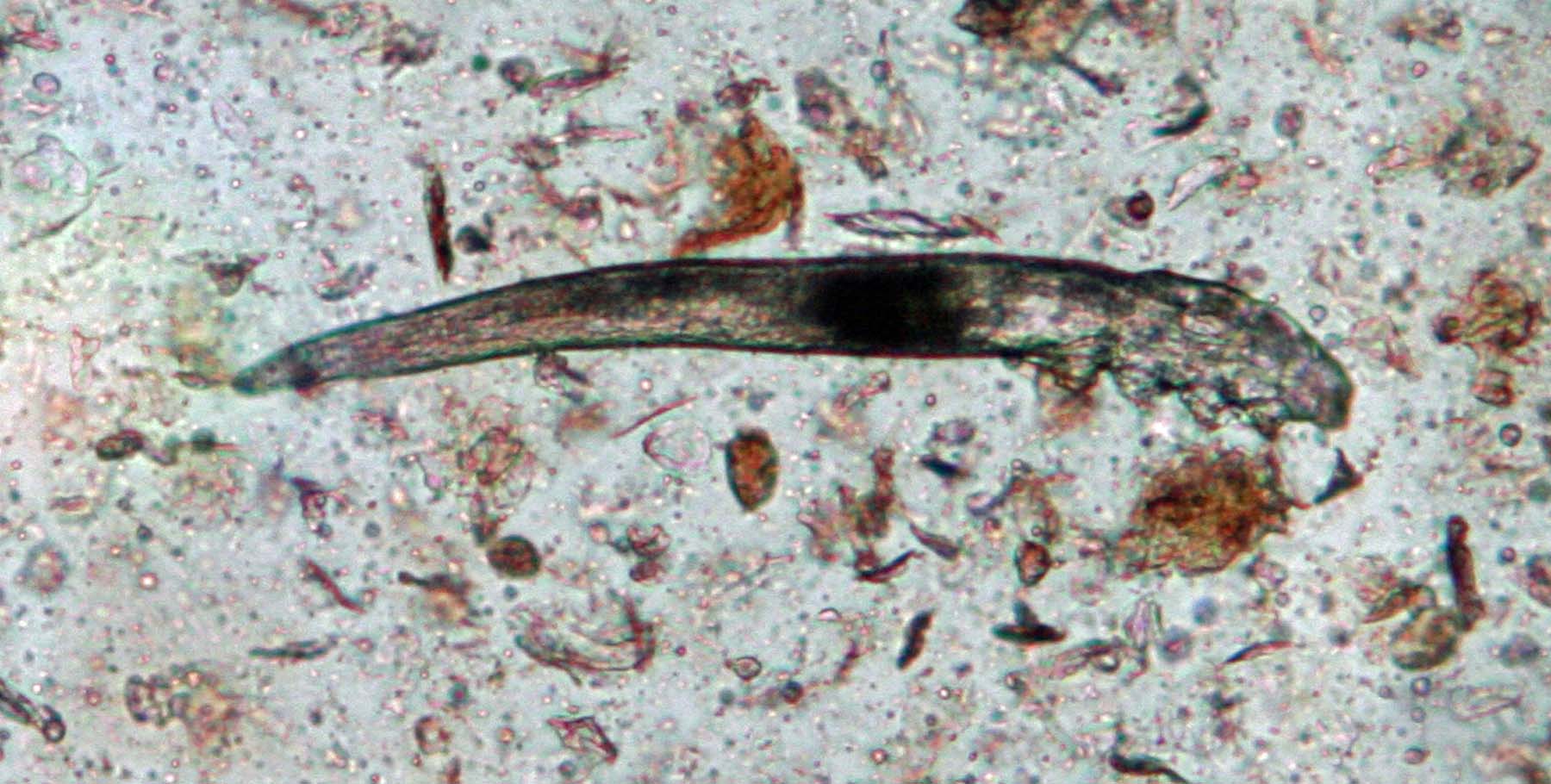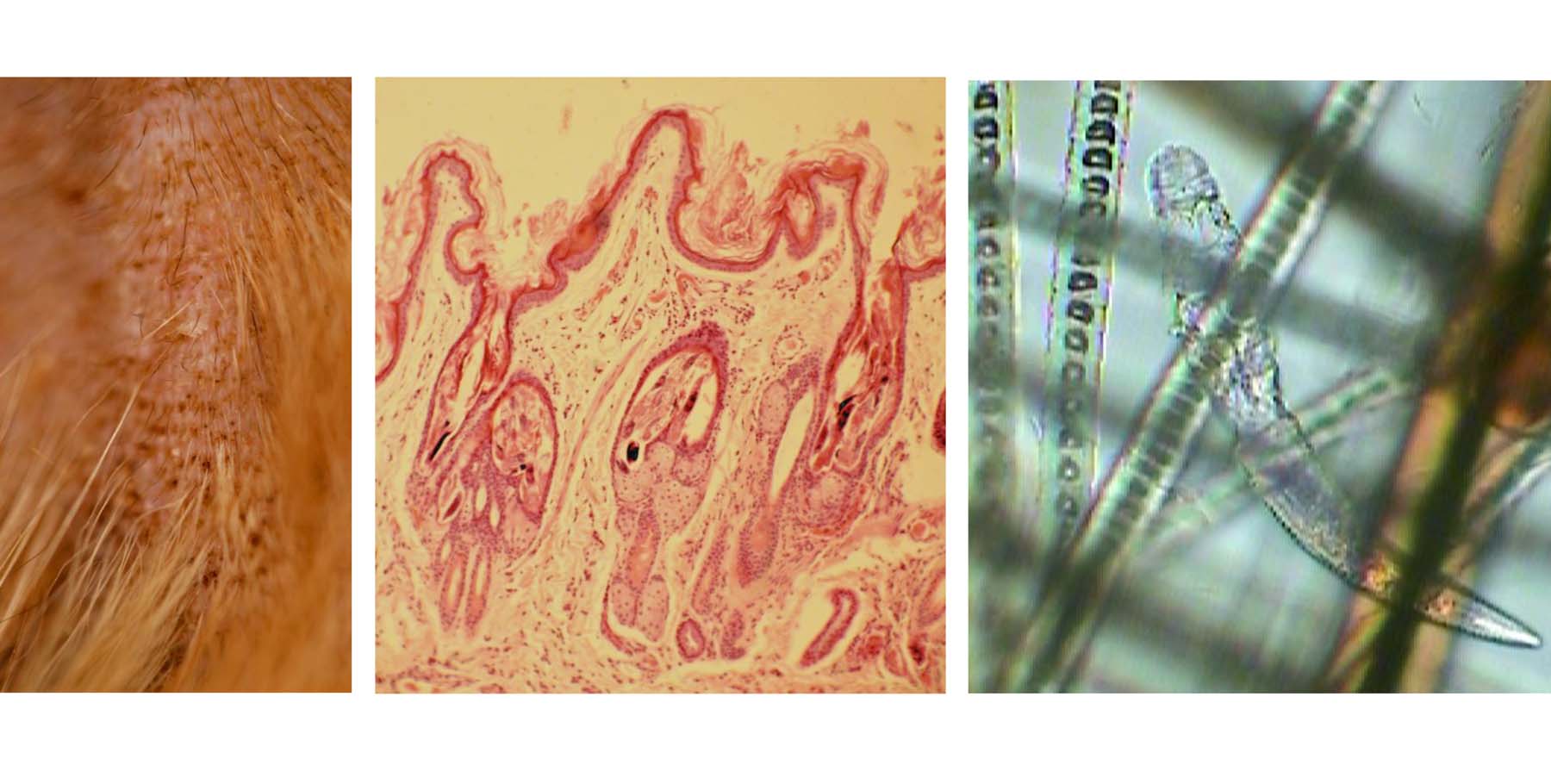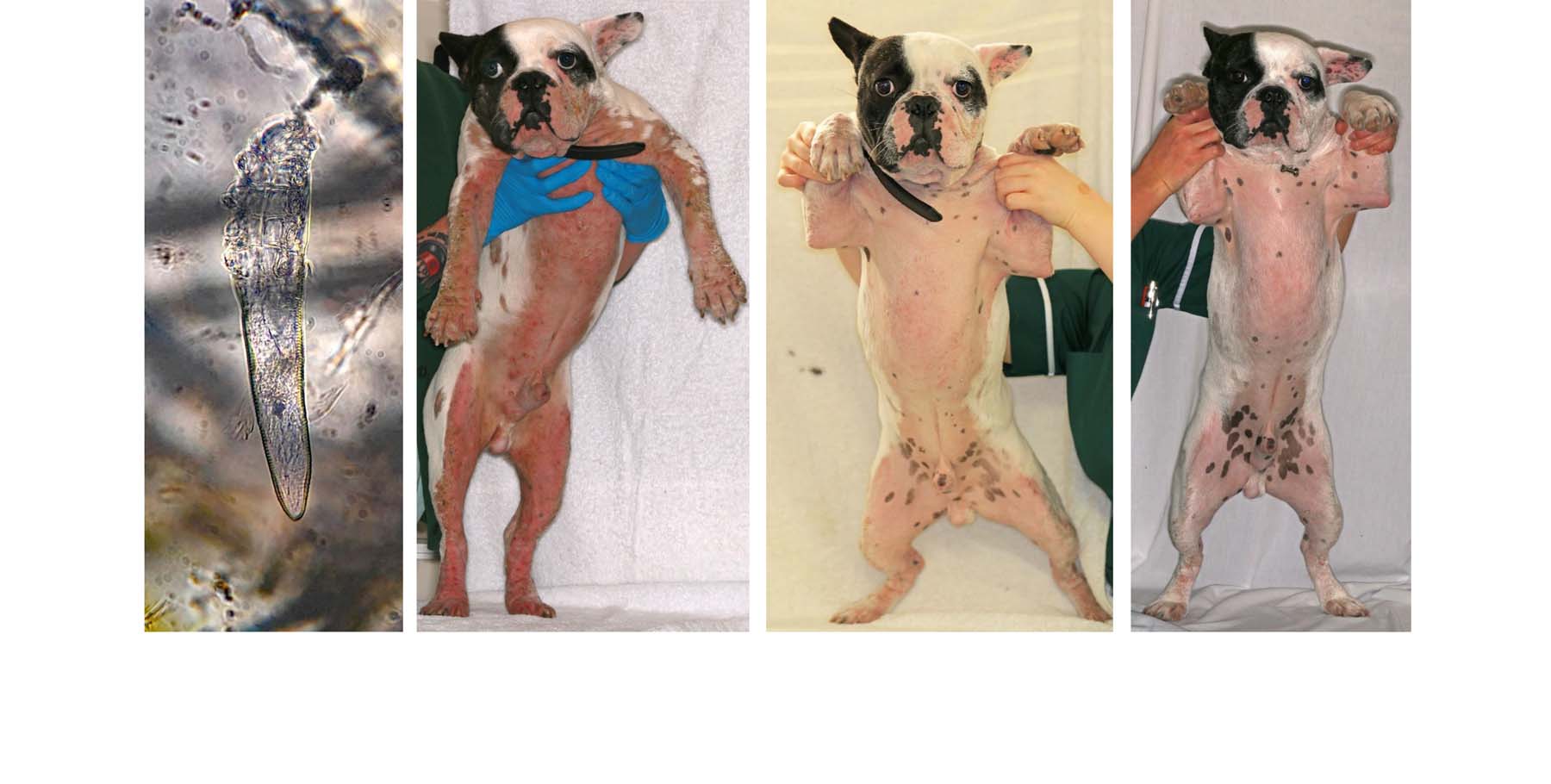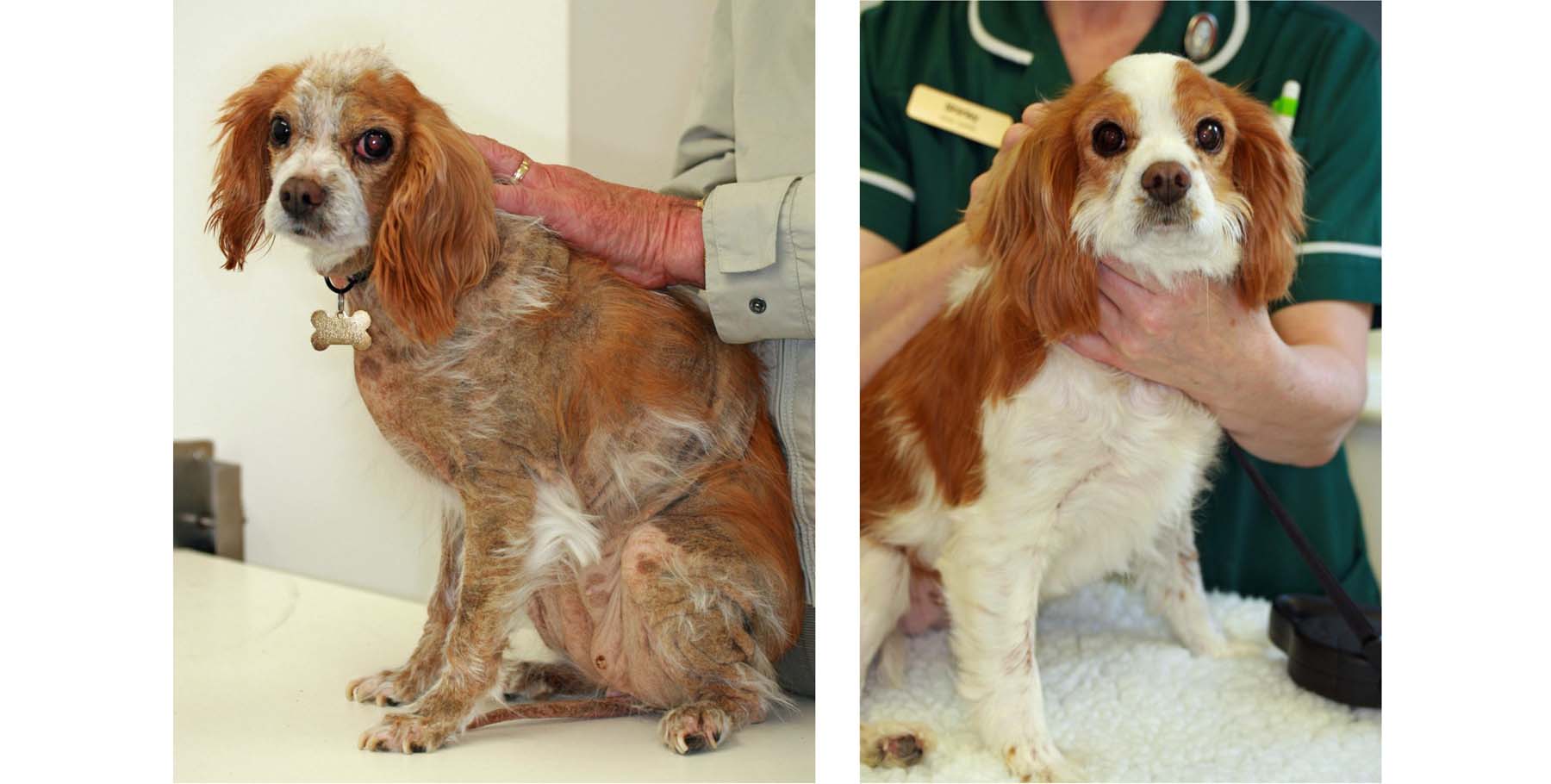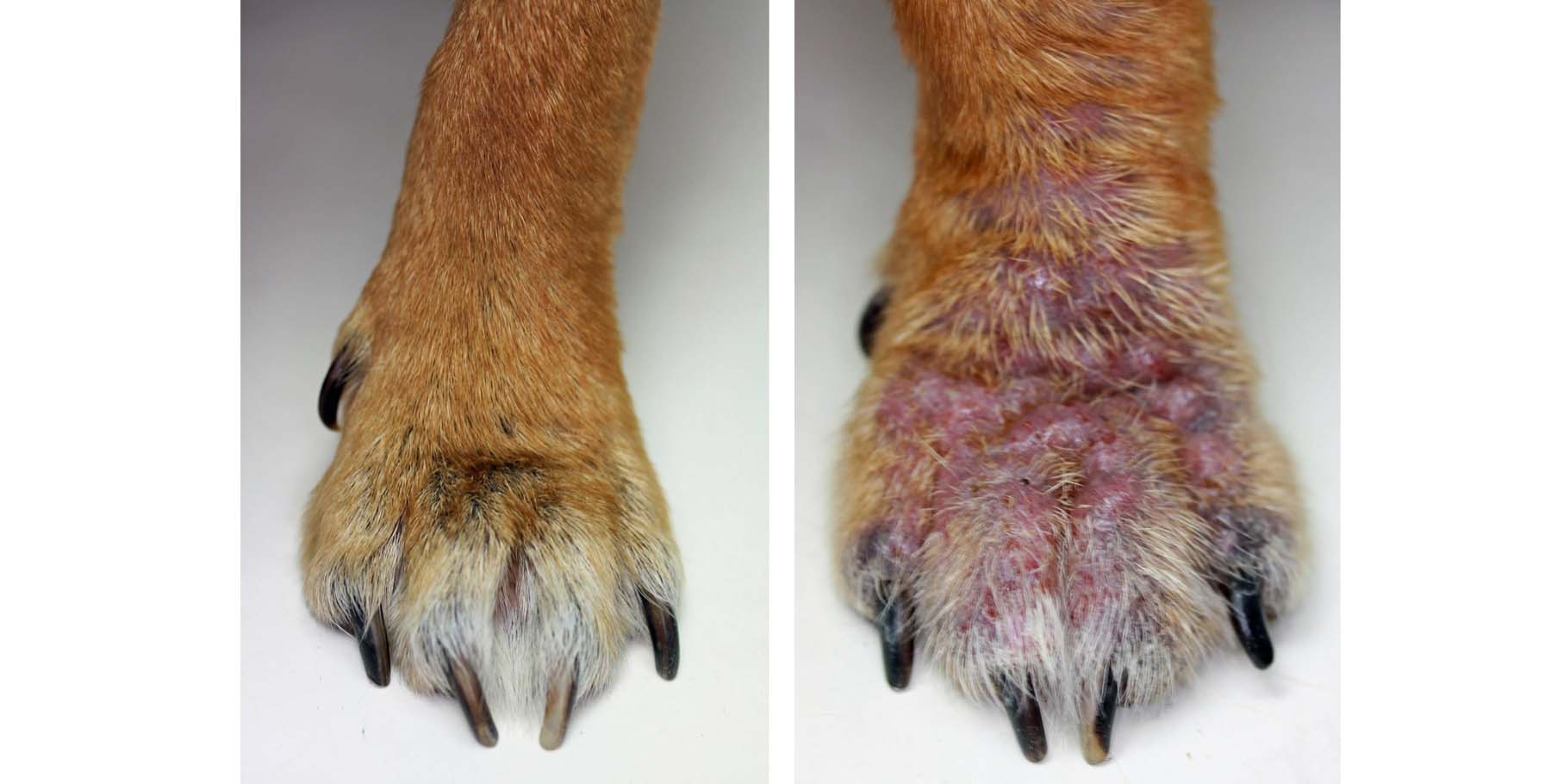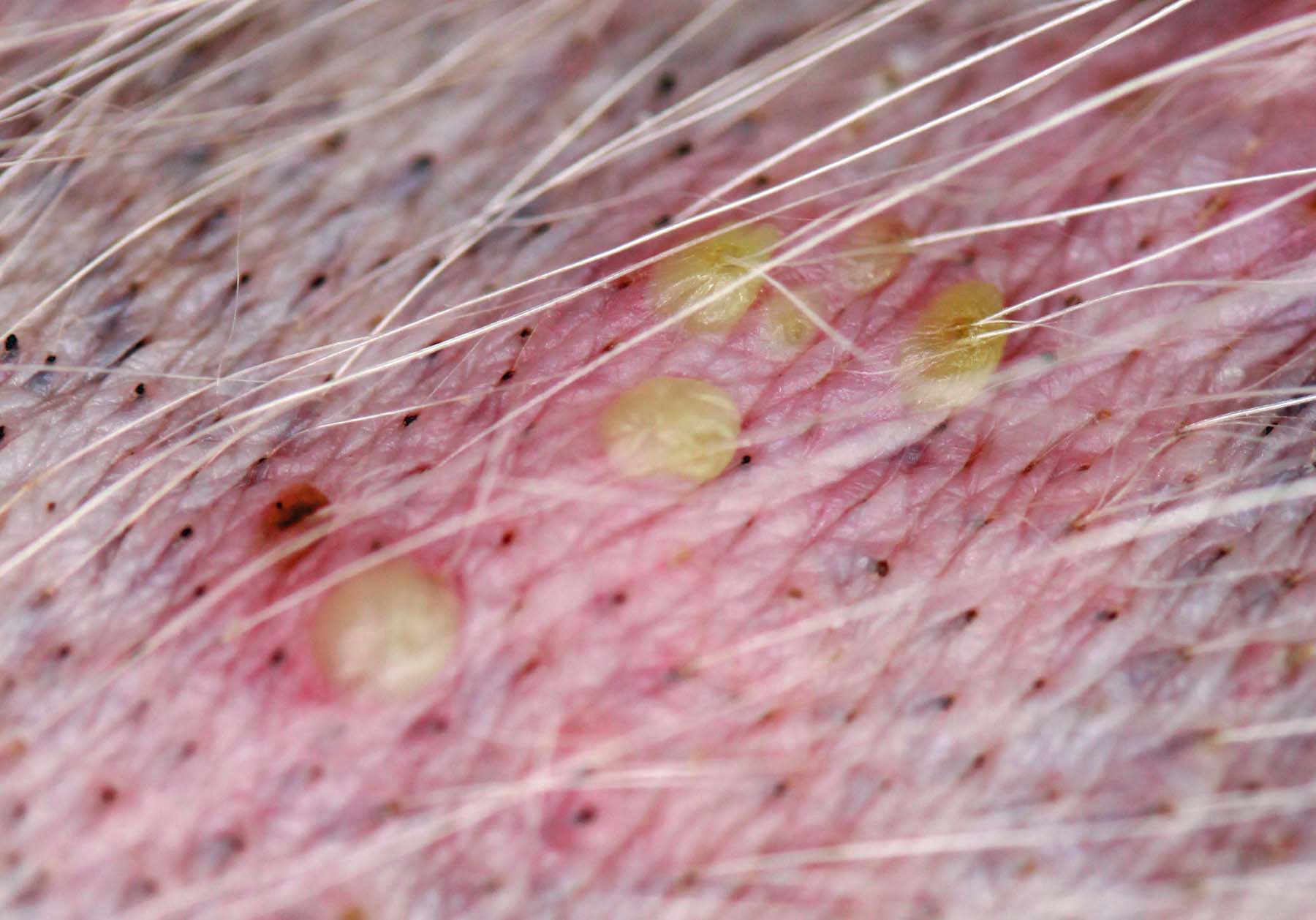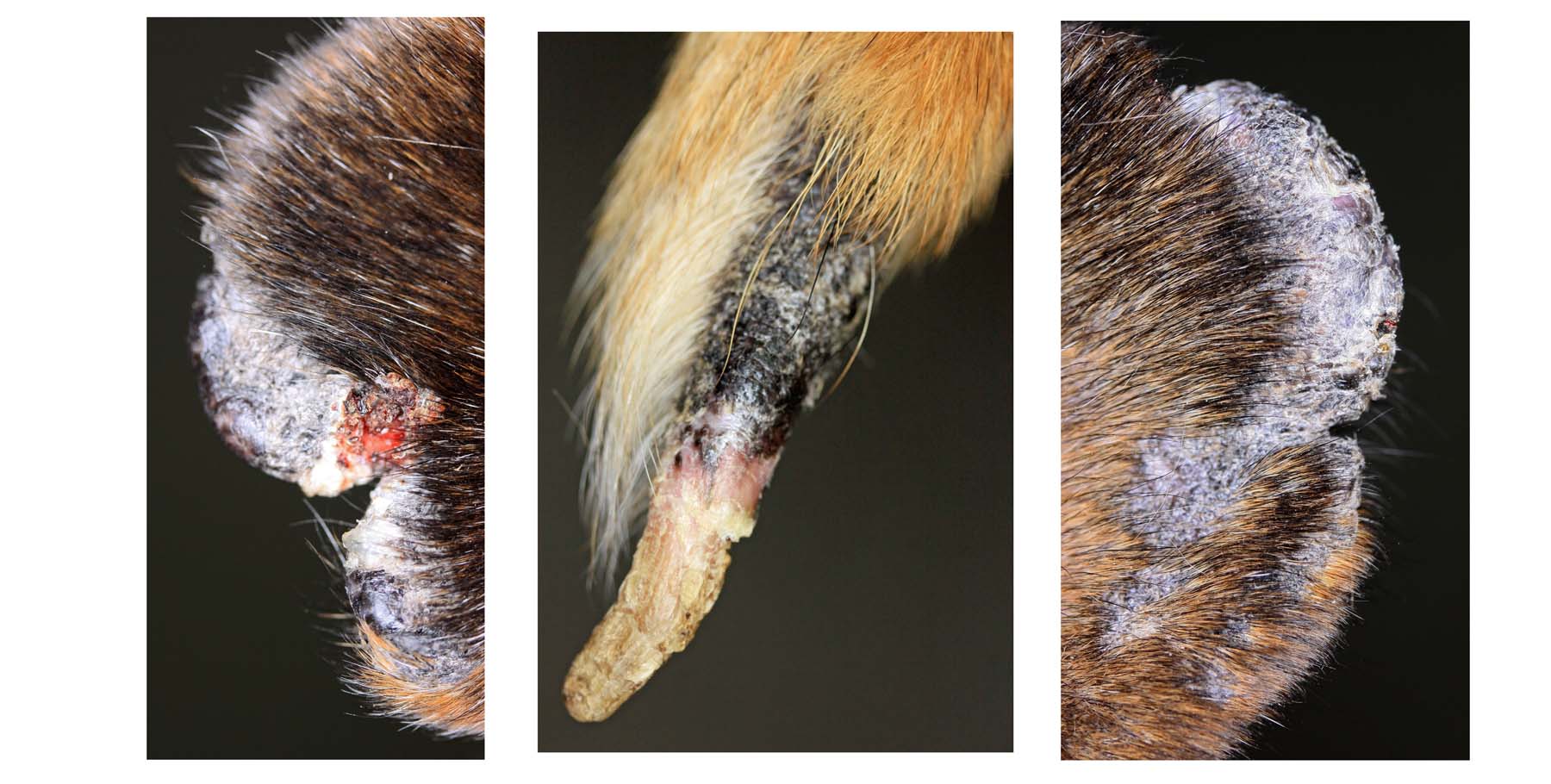Demodicosisis a common disease in small animal practice veterinary worldwide with a variety of clinical presentations, plus diagnostic and therapeutic options.
I frequently receive referrals for dogs with Demodectic Mange – either prior to diagnosis, immediately after diagnosis, recalcitrant or recurrent infestations. The most common and troublesome form is adult-onset generalised Demodicosis caused by the mite Demodex canis.
Evidence-based guidelines have been written by an international group of specialists with the aim to provide veterinarians with current recommendations for the diagnosis and treatment of canine demodicosis. The initial guidelines, published in 2011, have been updated and were published in January 2020. These clinical consensus guidelines now include literature reviewed up to December 2018 and now include recommendations for cats too.
Diagnosis and Treatment of demodicosis in dogs and cats (Clinical consensus guidelines of the World Association of Veterinary Dermatology. Veterinary Dermatology Volume 31, Issue 1, January 2020, Pages: 4-26, Ralf S. Mueller, Wayne Rosenkrantz, Emmanuel Besignor, Joanna Karas-Tecza, Tara Paterson and Michael A. Shipstone. DOI: 10.1111/vde.12806
This article is free for all to access and kindly made available through the Wiley Online Library
In 2018, this important paper was published: The influence of systemic antibiotics in the treatment of dogs with generalised demodicosis. Veterinary Parasitology Vol 188(1-2), Aug 2012, Pages: 148-155, Ekaterina Kuznetzova, Sonya Bettenay, Lyuboy Nikolaeva, Monir Majzoub & Raplh Mueller. DOI: 10.1016/j.vetpar.2012.02.023
The Authors concluded that systemic antibacterials may not impact as much as previously thought on the actual success of treatment of this condition thereby reducing our entrenched reliance on oral antibacterials as part of the multimodal treatement.
At the 2018 BVDSG Spring meeting, I presented an Abstract on a novel and simple treatment of Demodex gatoi mange in sibling Bengal Cats (see Homeopathy page for images of the case) which has helped to raise awareness of this emerging feline ectoparasite infestation in the UK.
When the draft document above was presented at the European Dermatology Congress in Dubrovnik, Croatia (September 2018), this case presentation was mentioned when comments were solicited from the audience.

